I write a short diary during my recent trip in Japan and as you can imagine it is heavily focused on wine&food! Under this point of view Japan is wonderful, absolutely different from our western culture and the Italian one in particular.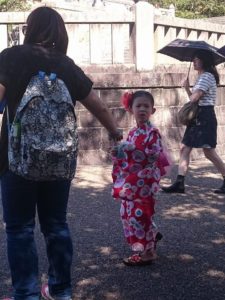
I am happy to share some brief impressions about some of the most interesting experiences in terms of tasting and restaurant. I will, then, specifically report about some single experiences which deserve much attention (for example some Michelin starred restaurant).
As soon as I arrived in Tokyo, I had my first Japanese specialty: Oden. This is a broth made with tuna and algae they use to boil many different products (vegetables, fish, eggs and so on). It is very tasty, with a very balanced saltiness, delicate and light. I had it at Ore-no-dashi restaurant in Ginza neighborhood.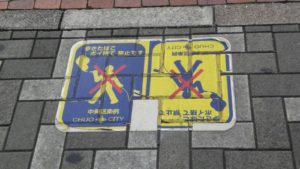
(I will often refer as “us” because I took my trip together with my husband).
The day after we wake up without problems that the time zone may cause and we go to Shibuja to see the most busy intersection in the world. Here we meet a friend of us who bring us to drink a (long) coffee: Japan is not only thè and I really appreciated their care in preparing it; I paired it to a womderfully soft “chiffon” cake at cinnamon flavor.
But the best is yet to come as after a tour we had lunch at Tokyo Shiba Toufuya Ukai, specialized in tofu, starred by Michelin guide. Delicious place: you feel you are in the Japanese gardens rather than Tokyo downtow. A trip through Japan cuisine is not only a trip to discover different flavours but also textures and pairings.
My breakfast has to be “western style” and this is not a problem as in the big cities, the french boulangerie are all over; with a croissant we can start new adventures and so we go to see Omotesando, trendy neighborhood where we have the tasty pork dumpling but, above all, the Tonkatsu, breaded and deep fried pork: unbelievably soft. One can also have it as a sandwich (within 2 sliced of white bread).
The day after we join the fish market (the biggest one in the world). A wonderful choise of Japanese street food, I am sorry it’s 10AM and I do not manage to have raw fish and fried stuff!
I have to wait for lunch time when in Yanata, old neighborhood of Tokyo which survived to bombs and hearthquakes, I had delicious noodles in a cute small restaurant. Noodle are a sort of “Italian spaghetti” you can have hot or cold and then deep in the broth adding spices,
chives, rice flakes and so on.
Not to talk about the dinner at the starred restaurant Kikunoi, still in Tokyo with its original ingredients and spectacular presentations! Do not miss my report about each single course!
During the week end we decided to rest at Onsen (we have been at Takaragawa Onsen): volcanic thermal bath also to discover the inland and the rural culture going towards the montains. When we get at the train station we has something to eat right in front of the entrance. We are in the inland and not in cities anymore, I do have some difficulties to communicate and, above all, to really get the courses from the menù but with a simple “rice” I manage to order a rice bowls with stir fried vegetables: very delicious, the sweet and sour style is crucial in the Japanese cuisine.
After the week end we are ready to preceed with our train pass: I liked the city of Kanazawa and its famous gardens (Kenroku-en) where we have green thè paired to a local dessert: the vegetal flavour of the real green thè, also made dense thanks to a special brush, pair perfectly with the dessert which is not too sweet (made of chestnut and similar to the Sicilian “pasta di mandorle” for its texture).
We went on with a step at Hiroshima (touching historical experience) where I quickly had okonomiyaki that I cannot define “omelet” just beacause of the eggs! It is a sort of cake made of thousands layers (cabbage, lard, fish, meat, sauces…): real street food, fat as rarely happens here in Japan! Being there we could not stop at the charming island of Miyajima where I discovered a typical cookie that, actually, it is not crunchy as we are used to; it is available with different fillings such as the most interensting at red beans.
The trip ends at Osaka (industral city) where we had a wonderful relax at Ritz-Carlton where I suggest the “club” option that allows the entrance to a dedicated lounge for breakfast in the morning, snacks, thè in the afternoon, aperitif and after dinner.
I could go on and on with several considerations such as the quality of their sake (alcholic beverage obtained by fermenting rice): smooth and pleasant which helps me to understand why it is not common for Japanese to appreciate our “acidic” wines. The green thè flavor is always available when one orders a dessert, an ice-cream, a croissant or a snack. Yet the “standing sushi” solution: the places are very small (you can only stand) as most of the space is occupied by the counter with the fresh fish and so you can order single pieces to try all the flavours! It is interesting also the jam of red beans -mentioned above- used for some dessert including the red beans puff available at the supermarket. It is difficult to find any wine (not even Japanese ones) as they use to pair food with thè or (local) beer; maybe in the last years they are introducing some French wines; only in a few occasions I have seen a couple of Italian ones: red from Piedmont or a unknown Chianti. The sommelier is absolutely rare and unnecessary.
Another detailed reports will be about Isshin, 2 Michelin stars in Kyoto where I had a dinner only based on Kobe meat! One the of the best restaurant I have ever been!
You do not have choice: stay tuned!



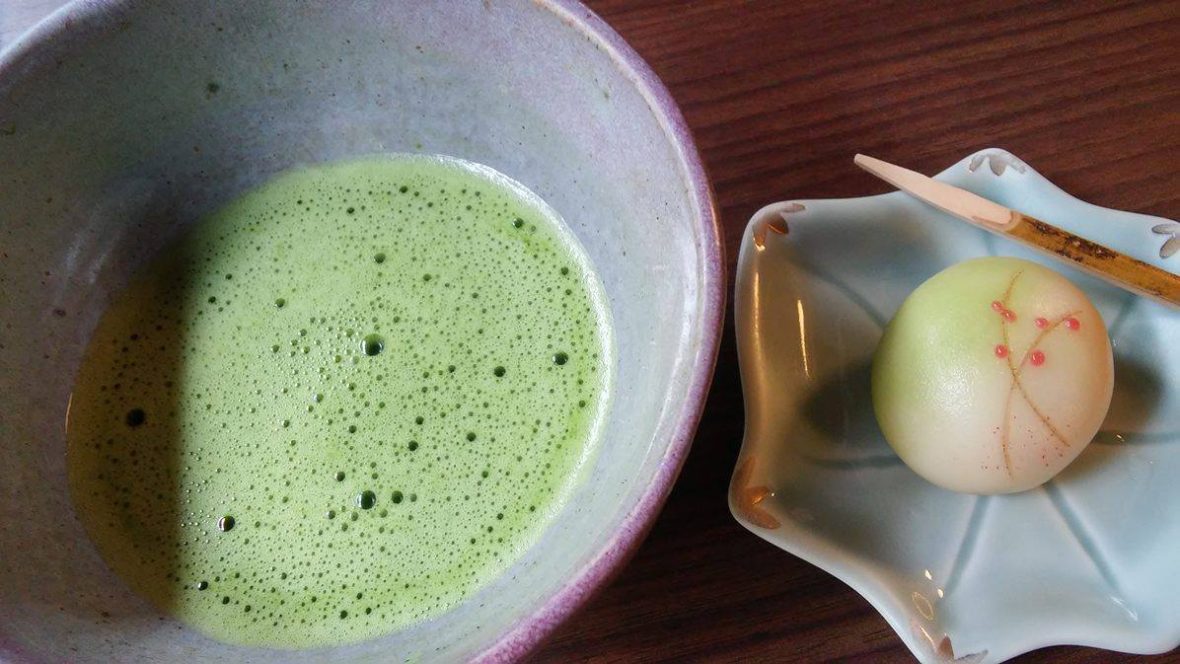


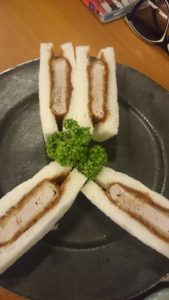
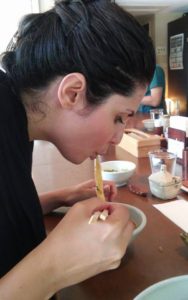
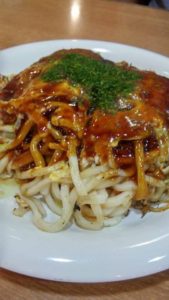
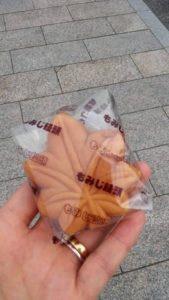
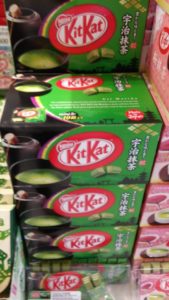
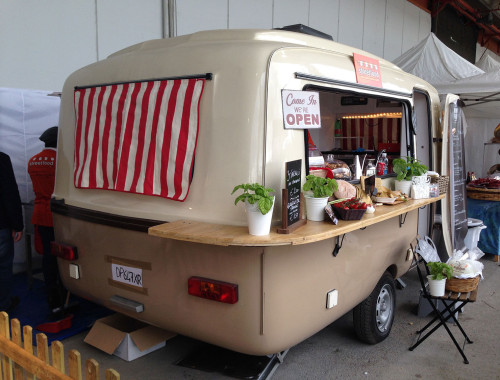
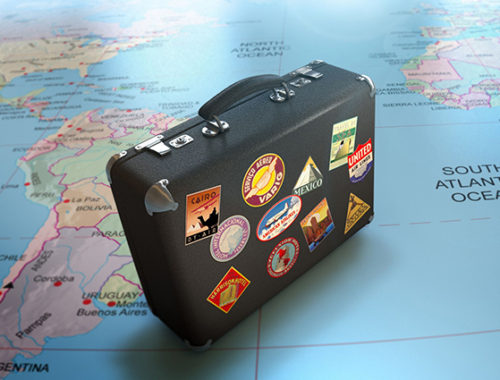





[…] Ti sei perso il mio racconto sul Giappone?! Malissimo.. eccolo: Viaggio in Giappone per tappe enogastronomiche! […]
[…] come promesso, con il racconto di alcune chicche del mio tour gastronomico in Giappone. Questa volta siamo a […]